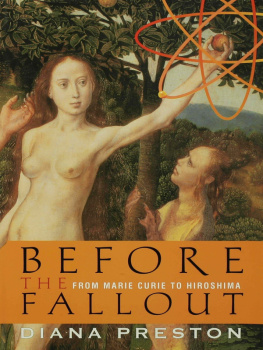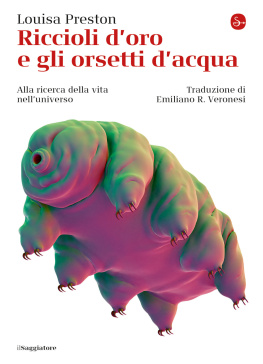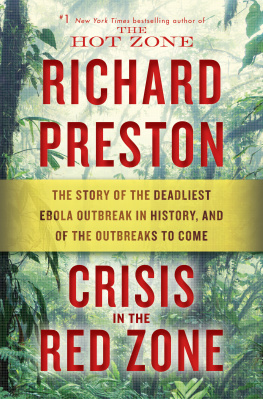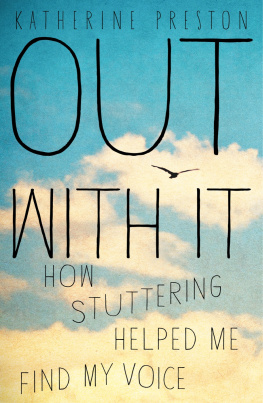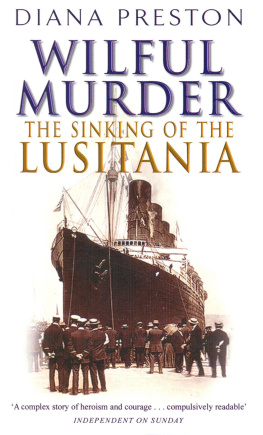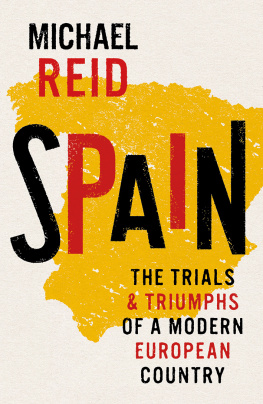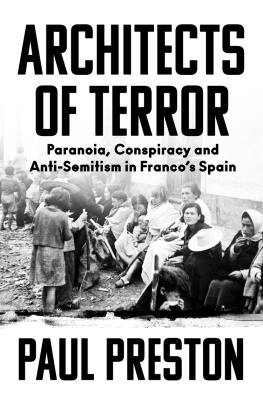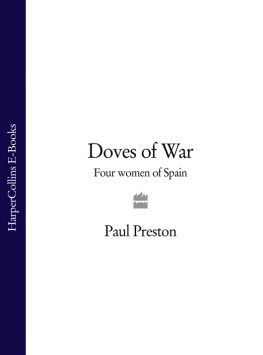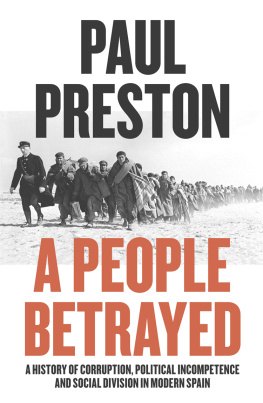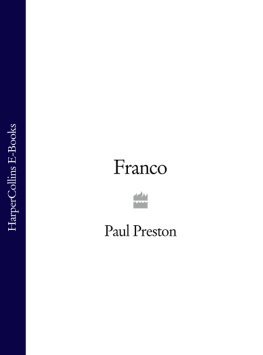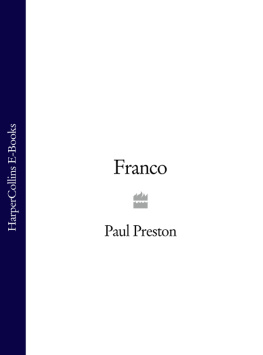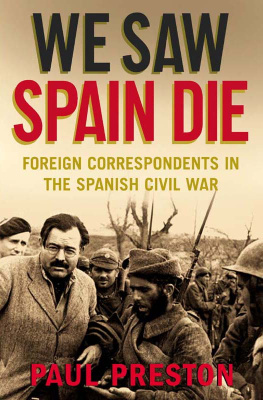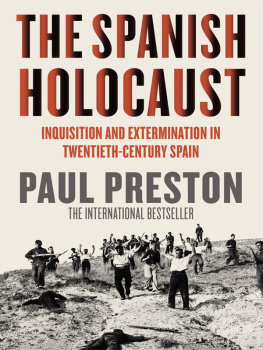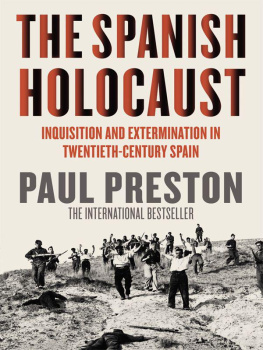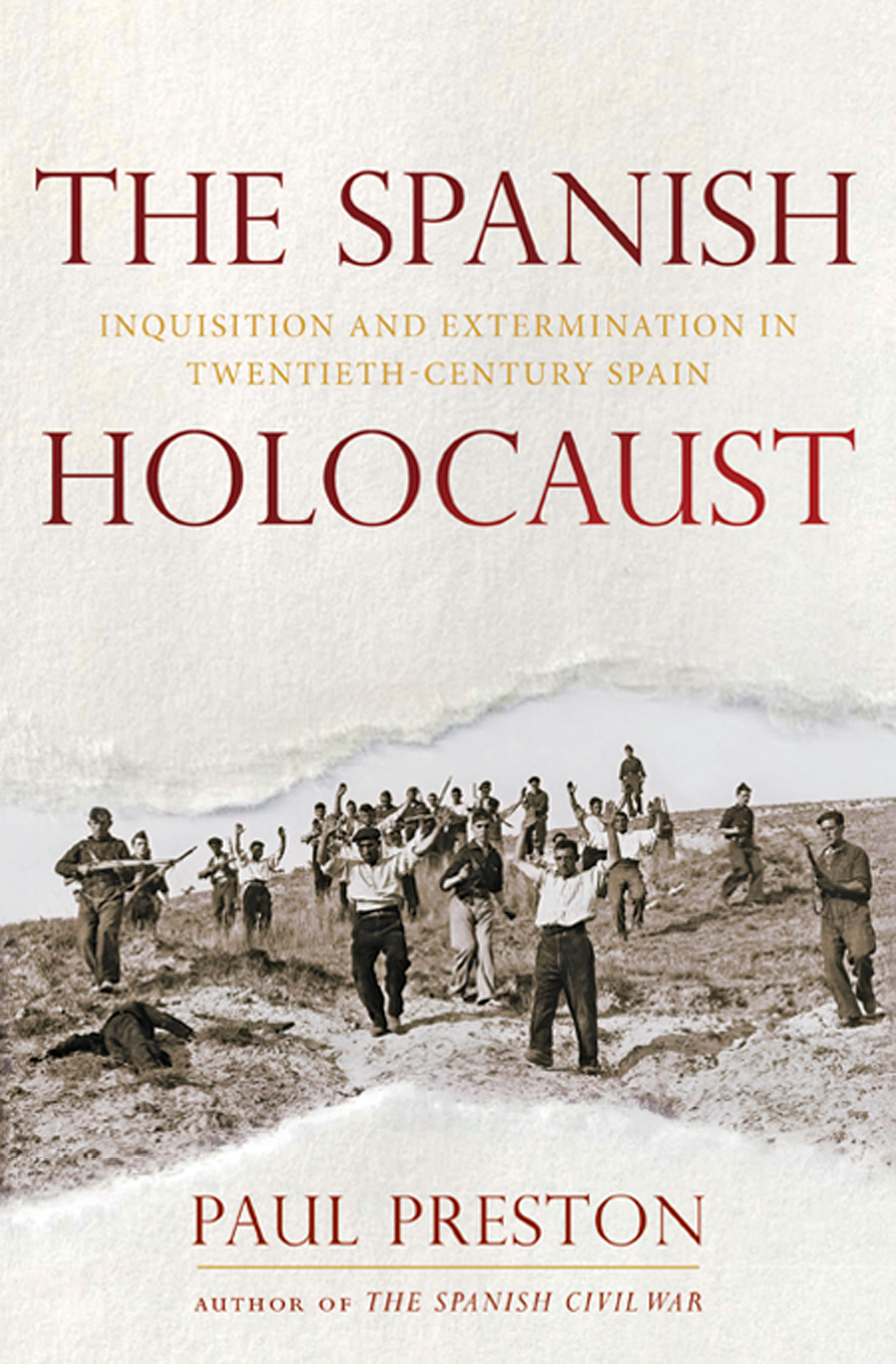
BY THE SAME AUTHOR
The Coming of the Spanish Civil War
The Triumph of Democracy in Spain
The Politics of Revenge
Franco: A Biography
Comrades! Portraits from the Spanish Civil War
Doves of War: Four Women of Spain
Juan Carlos: Steering Spain from Dictatorship to Democracy
The Spanish Civil War: Reaction, Revolution and Revenge
We Saw Spain Die: Foreign Correspondents in the Spanish Civil War
THE SPANISH HOLOCAUST
Inquisition and Extermination
in Twentieth-Century Spain

PAUL PRESTON

W. W. Norton & Company
New York London
For Gabrielle
CONTENTS
LIST OF ILLUSTRATIONS
Franco in Seville with the brutal leader of the Column of Death, Colonel Juan Yage. ( ICAS-SAHP, Fototeca Municipal de Sevilla, Fondo Serrano )
Yages artillery chief, Luis Alarcn de la Lastra. ( EFE/jt )
General Emilio Mola. ( EFE/Delespro/jt )
General Gonzalo Queipo de Llano. ( EFE/Jalon Angel )
Gonzalo de Aguilera. ( Courtesy of Marianela de la Trinidad de Aguilera y Lodeiro, Condesa de Alba de Yeltes )
Virgilio Leret with his wife, the feminist Carlota ONeill. ( Courtesy of Carlota Leret-ONeill )
Amparo Barayn. ( Courtesy of Ramon Sender Barayn )
A Corua, Anniversary of the foundation of the Second Republic, 14 April 1936. ( Fondo Surez Ferrn, Proxecto Nomes e Voces, Santiago de Compostela )
Jos Gonzlez Barrero, Mayor of Zafra. ( Courtesy of Gonzlez Barrero family )
Modesto Jos Lorenzana Macarro, Mayor of Fuente de Cantos. ( Courtesy of Cayetano Ibarra )
Ricardo Zabalza, secretary general of the FNTT and Civil Governor of Valencia during the war, with his wife, Obdulia Bermejo. ( Courtesy of Abel Zabalza and Emilio Majuelo )
Mourning women after Castejns purge of the Triana district of Seville, 21 July 1936. ( ICAS-SAHP, Fototeca Municipal de Sevilla, Fondo Serrano )
Queipo de Llano inspects the 5 Bandera of the Legion in Seville on 2 August 1936. ( ICAS-SAHP, Fototeca Municipal de Sevilla, Fondo Serrano )
Rafael de Medina Villalonga leads the column that has captured the town of Tocina, 4 August 1936. ( ICAS-SAHP, Fototeca Municipal de Sevilla, Fondo Serrano )
Trucks taking miners captured in the ambush at La Paoleta for execution. ( ICAS-SAHP, Fototeca Municipal de Sevilla, Fondo Serrano )
Utrera, 26 July 1936. Townsfolk taken prisoner by the column of the Legion which captured the town. ( ICAS-SAHP, Fototeca Municipal de Sevilla, Fondo Serrano )
Lorcas gravediggers. ( Courtesy of Vctor Fernndez and Coleccin Enrique Sabater )
Regulares examine their plunder. ( ICAS-SAHP, Fototeca Municipal de Sevilla, Fondo Serrano )
After a village falls, the column moves on with stolen sewing machines, household goods and animals. ( ICAS-SAHP, Fototeca Municipal de Sevilla, Fondo Serrano )
A firing squad prepares to execute townspeople in Llerena. ( Archivo Histrico Municipal de Llerena, Fondo Pacheco Pereira, legajo 1. )
Calle Carniceras (Butchery Street) in Talavera de la Reina. ( ICAS-SAHP, Fototeca Municipal de Sevilla, Fondo Serrano )
Mass grave near Toledo. ( ICAS-SAHP, Fototeca Municipal de Sevilla, Fondo Serrano )
Pascual Fresquet with his death brigade in Caspe. ( Espaa. Ministerio de Cultura. Centro Documental de la Memoria Histrica. FC-CAUSA_GENERAL,1426,EXP.45,IMAGEN128 )
The seizure of the Iglesia del Carmen in Madrid by militiamen. ( Espaa. Ministerio de Cultura. Centro Documental de la Memoria Histrica. FC-Causa_General, 1907, 1, p.81 )
Arms and uniforms of the Falange found by militiamen in the offices of the monarchist newspaper ABC. ( Espaa. Ministerio de Cultura. Centro Documental de la Memoria Histrica. FC-Causa_General, 1814, 1, IMAGEN6 )
Aurelio Fernndez. ( International Institute of Social History, Amsterdam, IISG-CNT )
Juan Garca Oliver. ( International Institute of Social History, Amsterdam, IISG-CNT )
ngel Pedrero Garca. ( Espaa. Ministerio de Cultura. Centro Documental de la Memoria Histrica. FC-CAUSA_GENERAL,1547, EXP.9,IMAGEN45 )
The Brigada Garca Atadell outside their Madrid headquarters, the Rincn Palace. ( EFE/Daz Casariego/jgb )
Santiago Carrillo. ( EFE/jgb )
Melchor Rodrguez. ( EFE/Vidal/jgb )
The wounded Pablo Yage receives visitors. ( EFE/Vidal/jgb )
The cameraman Roman Karmen and the Pravda correspondent Mikhail Koltsov. ( Courtesy of Victor Alexandrovich Frandkin, Koltsov family )
Andreu Nin and Vladimir Antonov-Ovseenko. ( LArxiu Fotogrfic de Barcelona )
Josif Grigulevich, Roman Karmen, and two of the NKVD staff: Lev Vasilevsky and his boss, Grigory Sergeievich Syroyezhkin. Madrid October 1936. ( Caada Blanch Collection )
Vittorio Vidali. ( Imperial War Museum )
Refugees flee from Queipos repression in Mlaga towards Almera. ( Photograph by Hazen Sise, reproduced courtesy of Jess Majada and El Centro Andaluz de la Fotografa )
Exhaustion overcomes the refugees from Mlaga on the road to Almera. ( Photograph by Hazen Sise, reproduced courtesy of Jess Majada and El Centro Andaluz de la Fotografa )
The Regulares enter northern Catalonia, January 1939. ( Espaa. Ministerio de Cultura. Centro Documental de la Memoria Histrica. FOTOGRAFIAS-DESCHAMPS, FOTO.7 )
Republican prisoners packed into the fortress of Montjuich in Barcelona, February 1939. ( Espaa. Ministerio de Cultura. Centro Documental de la Memoria Histrica. FOTOGRAFIAS-DESCHAMPS,FOTO.764 )
No military threat from those making the long trek to the French border. ( Photos 12/Alamy )
A crowd of Spanish women and children refugees cross the border into France at Le Perthus. ( Hulton-Deutsch Collection/CORBIS )
Recently arrived at Argels, women await classification. ( Roger-Viollet/Rex Features )
The male refugees are detained at Argels the only facility being barbed wire. ( Hulton-Deutsch Collection/CORBIS )
Prisoners carry rocks up the staircase at the Mauthausen-Gusen death camp. ( akg-images/ullstein bild )
Franco welcomes Himmler to Madrid. ( EFE/Hermes Pato/jgb )
Antonio Vallejo-Njera. ( EFE/jgb )
Himmler visits the psycho-technic checa of Alfonso Laurencic in Barcelona. ( LArxiu Fotogrfic de Barcelona )
Drawings made by Simon Manfield during the excavation at Valdedios, Asturias, summer 2003. ( Simon Manfield. Part of the Memoria Histrica series, simonmanfield@hotmail.com)
PROLOGUE
Behind the lines during the Spanish Civil War, nearly 200,000 men and women were murdered extra-judicially or executed after flimsy legal process. They were killed as a result of the military coup of 1718 July 1936 against the Second Republic. For the same reason, perhaps as many as 200,000 men died at the battle fronts. Unknown numbers of men, women and children were killed in bombing attacks and in the exoduses that followed the occupation of territory by Francos military forces. In all of Spain after the final victory of the rebels at the end of March 1939, approximately 20,000 Republicans were executed. Many more died of disease and malnutrition in overcrowded, unhygienic prisons and concentration camps. Others died in the slave-labour conditions of work battalions. More than half a million refugees were forced into exile and many were to die of disease in French concentration camps. Several thousand were worked to death in Nazi camps. The purpose of this book is to show as far as possible what happened to civilians and why. All of what did happen constitutes what I believe can legitimately be called the Spanish holocaust.
Next page


